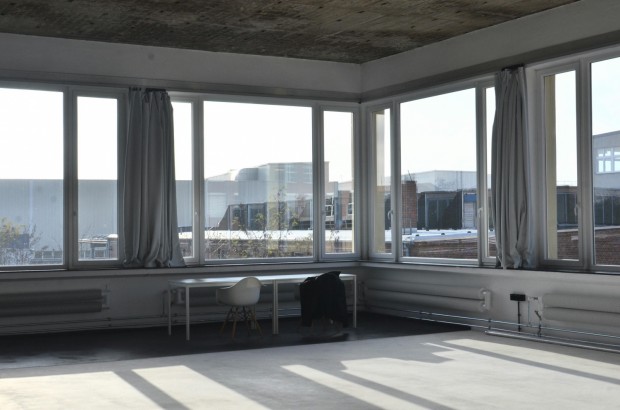In sustainable buildings, curtains are crucial in optimizing energy efficiency and enhancing indoor comfort. By strategically controlling natural light, curtains help regulate interior temperatures, reducing the need for artificial lighting and heating or cooling systems.

(Photo : Pexels/Skylar Kang )
Curtains' Influence on Building Sustainably
When it comes to sustainable design, incorporating new curtain features into designs, such as automated systems reacting to environmental conditions, adds value and showcases creativity beyond the production components of creating curtains. A few of the advantages that come with utilizing curtains in environmentally responsible buildings are:
1. Natural Light
Adequate lighting is one of the characteristics that contributes to the efficiency and well-being of occupants. Natural light connects individuals to external spaces through windows. By employing draperies intelligently, which entails selecting fabrics with reflective qualities and ensuring a suitable level of transparency, one can effectively regulate natural light, maintain visual comfort, and decrease reliance on artificial lighting.
2. Acoustic Comfort
Efficient acoustic design fosters individuals' harmony, efficiency, and engagement within an indoor environment. Fabrics that have been shown to have a high acoustic absorption coefficient are utilized in the construction of technical curtains, which helps improve the installation's acoustic attenuation. As mentioned, they are equipped with motorized mechanisms that lessen the noise and reverberation within the winding tubes.
3. Air Quality
Air quality is evaluated by carrying out tests in the post-construction phase to ascertain the ultimate levels of contaminants present in a place. When Greenguard-certified fabrics are used, emissions of hazardous organic compounds are reduced.
Also Read: 6 Stunning Pool Designs to Transform Your Home's Exterior
Availability of Eco-friendly Curtains
Consumers inherently seek out products that exhibit greater sustainability with the increasing significance of environmental concerns in our daily lives. A wide variety of environmentally sustainable treatments are accessible in curtain design. Produced without pesticides and other hazardous chemicals, organic cotton is among the most popular. Creating a healthier living space for humans is an additional environmental benefit.
Moreover, linen is another environmentally friendly finish made from flax and is both recyclable and biodegradable. If you want a laid-back and natural appearance, linen curtains are ideal because of their lovely texture and drape.
On the other hand, by selecting natural and organic fibers, you will be able to reduce the amount of wastewater, energy, and hazardous chemicals you use, contributing to the preservation of the earth.
In addition, you will have an easier time removing the curtains without causing any detrimental effects on the environment. Curtains made of organic materials do not contain any harsh or harmful chemicals or have no adverse impact on the environment.
Producing eco-friendly curtains reportedly encourages sustainable agricultural methods at every stage, beginning with the cultivation and harvesting of the curtains and continuing through the manufacturing and shipping processes. Natural materials reportedly enhance temperature regulation. They naturally suppress heat and flawlessly deflect sunlight during the summer.
When winter arrives, they are also quite effective insulators. Therefore, they can enhance the energy efficiency of your house or place of business. For instance, a backing or lining in a light color will deflect the sun's rays, helping reduce interior temperature and maintain cool rooms. During the winter, keeping curtains closed in rooms that are not being used can help prevent drafts and retain heat inside.
Related Article: 'The Line' Builds Sustainable Future Through Innovative Infrastructures







